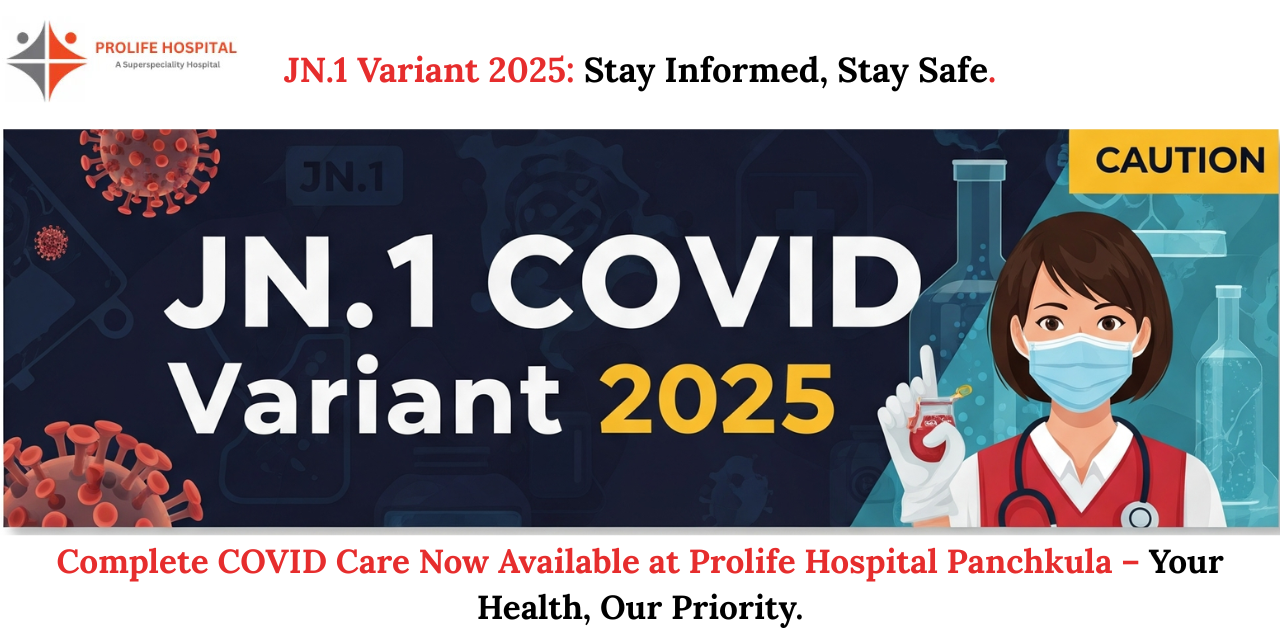Cataracts are a prevalent eye condition that can significantly affect vision, often leading to blurred sight and other warning signs. Understanding these symptoms is crucial for timely intervention and effective cataract treatment. This article will explore the warning signs of cataracts, their implications, and the importance of seeking professional help.
What Are Cataracts?
A cataract is a clouding of the eye’s natural lens, which lies behind the iris and the pupil. The lens of your eye works similarly to a camera lens, focusing light onto the retina at the back of the eye to produce a clear image. It also adjusts the eye’s focus, letting us see things clearly both up close and at a distance. Cataracts disrupt this process, leading to vision problems that can worsen over time.
Early Signs of Cataracts You Shouldn’t Ignore
Cataracts often start small and grow gradually, which is why the symptoms may not be noticeable in the early stages. As the condition progresses, you might experience:
⏯ Blurry or Cloudy Vision
One of the earliest symptoms of cataracts is blurry vision, which might feel like you’re looking through a foggy window. This cloudiness can affect your ability to read, drive, or recognize faces clearly. The problem may worsen in low light, such as during dusk or nighttime.
⏯ Sensitivity to Light
Are you finding bright lights more intense or glaring than usual? This increased sensitivity to light is a common sign of cataracts. The glare from car headlights or the sun may become uncomfortable or painful, making outdoor activities and driving at night difficult.
⏯ Halos Around Lights
Another typical sign of cataracts is seeing halos or rings around light sources. This happens because the clouded lens diffuses the light entering the eye, causing it to scatter. These halos may be especially noticeable around headlights, streetlights, or lamps.
⏯ Fading or Yellowing of Colors
Cataracts can cause colors to appear faded or yellowed. As the cataract progresses, you may have difficulty distinguishing between certain colors, particularly shades of blue and purple. You might also feel like the world has become less vibrant or more washed-out.
⏯ Double Vision in One Eye
If you notice double vision in one eye, especially when looking through just that eye, it could be a sign of a cataract. Double vision occurs when light is scattered by the cataract, causing multiple images to appear.
Risk Factors for Cataracts
While cataracts are often a result of aging, several factors can increase your risk of developing them, including:
- Age: Most cataracts develop after the age of 60, though they can appear earlier.
- Diabetes: Individuals with diabetes are more likely to develop cataracts.
- Excessive Sunlight Exposure: Ultraviolet (UV) rays from the sun can damage the eye’s lens and contribute to cataract formation.
- Smoking: Smoking has been shown to double the risk of cataract development.
- Eye Injuries or Surgery: Past injuries or surgeries can increase your likelihood of developing cataracts in the affected eye.
Understanding these risk factors can help you take preventive measures to protect your vision.
Conclusion
If you experience any symptoms associated with cataracts, it is vital to consult a healthcare professional promptly. Dr. Neeraj Gupta at Dr. Bakshi Gupta’s Eye Center specializes in cataract treatment in Panchkula and can provide comprehensive care tailored to your needs. For more information or to schedule an appointment, contact +911722596395. Taking action today can preserve your vision for tomorrow.













